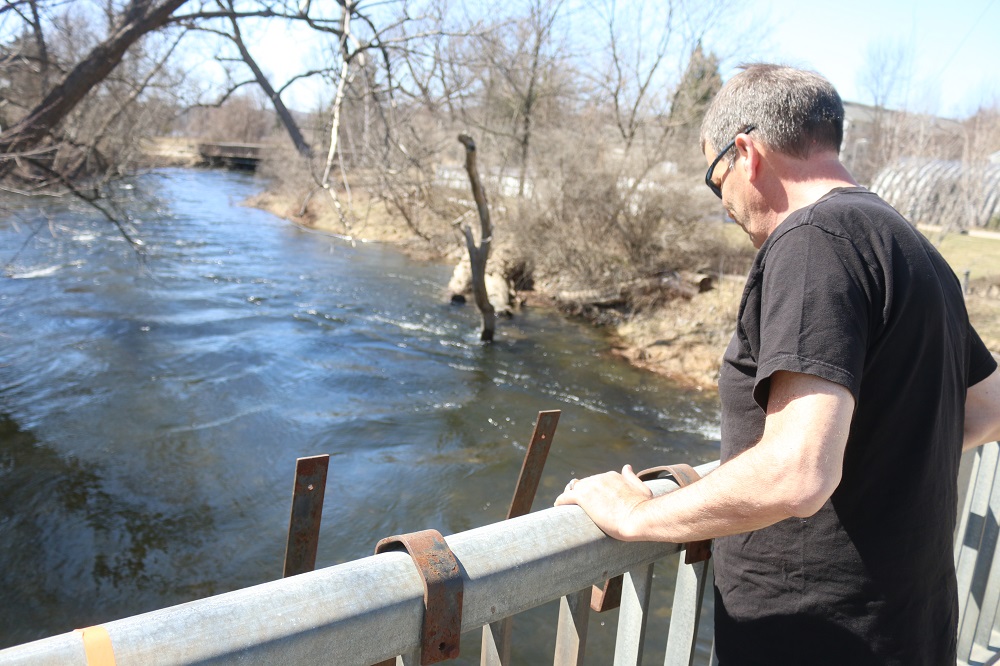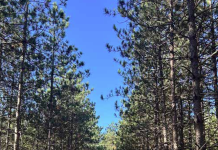The Haliburton Highlands Outdoors Association (HHOA) is conducting nightly walleye counts along the Drag River this month, with the species’ spawning season in full effect.
Organization president Dan Smith said it was “vital” to get a sense of how one of the County’s top spawning ground is performing after local anglers reported a marked decrease in fish population in recent years.
The HHOA resurrected the walleye count in 2021, following a six-year hiatus. The program was initially launched in 2000 and managed by local volunteers.
“The walleye in the Kashagawigamog system need our help,” Smith said. “The counts are down significantly since the early 2000s… back in the day, people would say there were so many fish in the river here that you could step in the water and almost walk across them. We’re not seeing those numbers anymore.”
Walleye were first introduced into the Kash chain of lakes in the 1950s, Smith said. HHOA, working in partnership with the Ministry of Natural Resources and Forestry (MNRF), stocked walleye in the Drag River from 2010 to 2015. Stocking was stopped after 2015 and the fishery is now totally dependent on natural reproduction.
Smith noted Drag River is the main walleye spawning site for the entire chain, with the primary spot by the Emmerson Dam. To monitor the progress, Smith said volunteers have been gathering along the bridge on Maple Avenue in Haliburton every night since April 10. They will continue meeting through April, manually counting the number of fish observed swimming down river.
In 2021, volunteers counted 1,334 fish, while last year that number grew to 2,100. Smith said it would be nice to see that number grow to around 3,000 this year.
“That would show that we’re seeing some progress.”
Smith said the effort takes place at night as it’s easier for volunteers to make accurate counts.
“When we shine our lights at the water, their eyes glow gold right back at us… it’s much more effective than trying to get out and do it during the day,” he said.
The most important factor for a strong spawning season is ensuring consistent flow rates of the river, with no dam closures. Smith said this must be maintained during the spawn and for at least two weeks postspawn to ensure the greatest success for egg incubation, hatching, and survival.
Eggs will latch onto rocks below the water line, but if levels drop and they end up above water they won’t hatch, Smith said.
Looking long-term, Smith said he’d like to see the MNRF complete a comprehensive study of the Kash chain of lakes to properly assess natural fish reproduction levels.
“We’re not equipped to do that kind of work… for now, our goal is simply to improve the fishery in Haliburton County, and we can do that through initiatives like the walleye count,” Smith said.
For more information, visit hhoa.on.ca. To assist with the count, Smith said volunteers typically gather in the parking lot by the bridge on Maple Avenue at approximately 9 p.m. each night.





